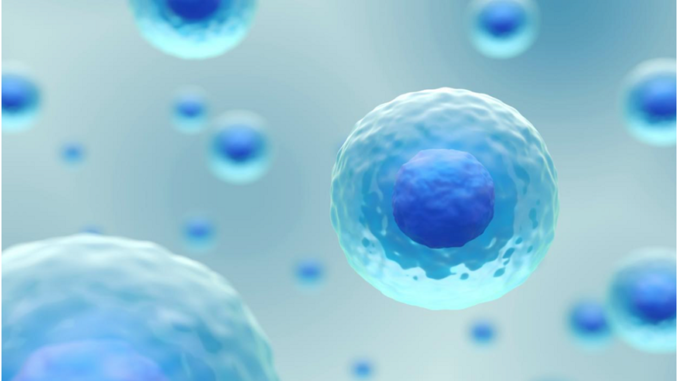
Almost 16 million American adults suffer from persistent or chronic back pain. Those with chronic back pain often experience a diminished quality of life. The inability to perform everyday tasks and participate in activities they enjoy can lead to emotional and physical concerns.
Additionally, up to 23% of those with chronic back pain are unsatisfied with their current pain management. When back pain becomes debilitating and pain management techniques aren’t providing a viable solution, many patients turn to surgery with mixed results.
Problems with Back Surgery
Unfortunately, back surgery often doesn’t equal pain relief. Surgical measures to alleviate back pain are so often unsuccessful that there’s a term for those with a poor outcome – failed back surgery syndrome (FBSS).
FBSS refers to spinal pain that persists despite surgery to resolve it or appears after surgery in the same location and can affect between 10-40% of all back surgery patients. However, the number is often believed to be underreported.
In addition, many patients hope to avoid back surgery due to its long recovery time, cost, and potential for complications.
What Can Regenerative Medicine Therapy Do for Chronic Back Pain?
Regenerative Medicine, also known as stem cell therapy, can help serve as the basis for all cells in the body. Unlike regular cells, when stem cells divide, they can create two daughter cells or differentiate into specialized cells based on their needs.
Stem cell therapy extracts stem cells, often from bone marrow or fat tissue, and admnisters them into sites where there is damage, so the stem cells can divide and differentiate to repair and restore the damaged cells. For instance, stem cells injected into a diseased heart can differentiate into heart cells and help create new heart tissues.
Patients with chronic back pain can see similar results. A physician can extract stem cells from the bone marrow and then administer them into the damaged areas of the spinal discs to repair tissue and promote the healing and growth of new, healthy disc tissue. As the new tissue develops, the vertebrae become more supported, and pressure on the nerves eases.
Can Regenerative Medicine Alleviate Back Pain?
While studies exploring the use of stem cells in managing back pain continue, many patients are benefitting from this alternative medicine option now. Since stem cells are extracted from the patient receiving the injections, they offer a safe, rejection-resistant treatment.
A recent study using stem cells to treat intervertebral disc degeneration showed their anti-inflammatory and regenerative benefits. In addition, the study revealed that stem cells might offer anticatabolic benefits, which means that the cells reduced the breakdown of proteins and muscle mass.
Although more studies are needed before stem cell treatments will be a widespread option for those suffering from chronic back pain, the therapy may be worth exploring when surgery becomes your only option for relief.
Regenerative medicine has the natural potential to help improve symptoms sometimes lost from the progression of many conditions.

Leave a Reply
You must be logged in to post a comment.